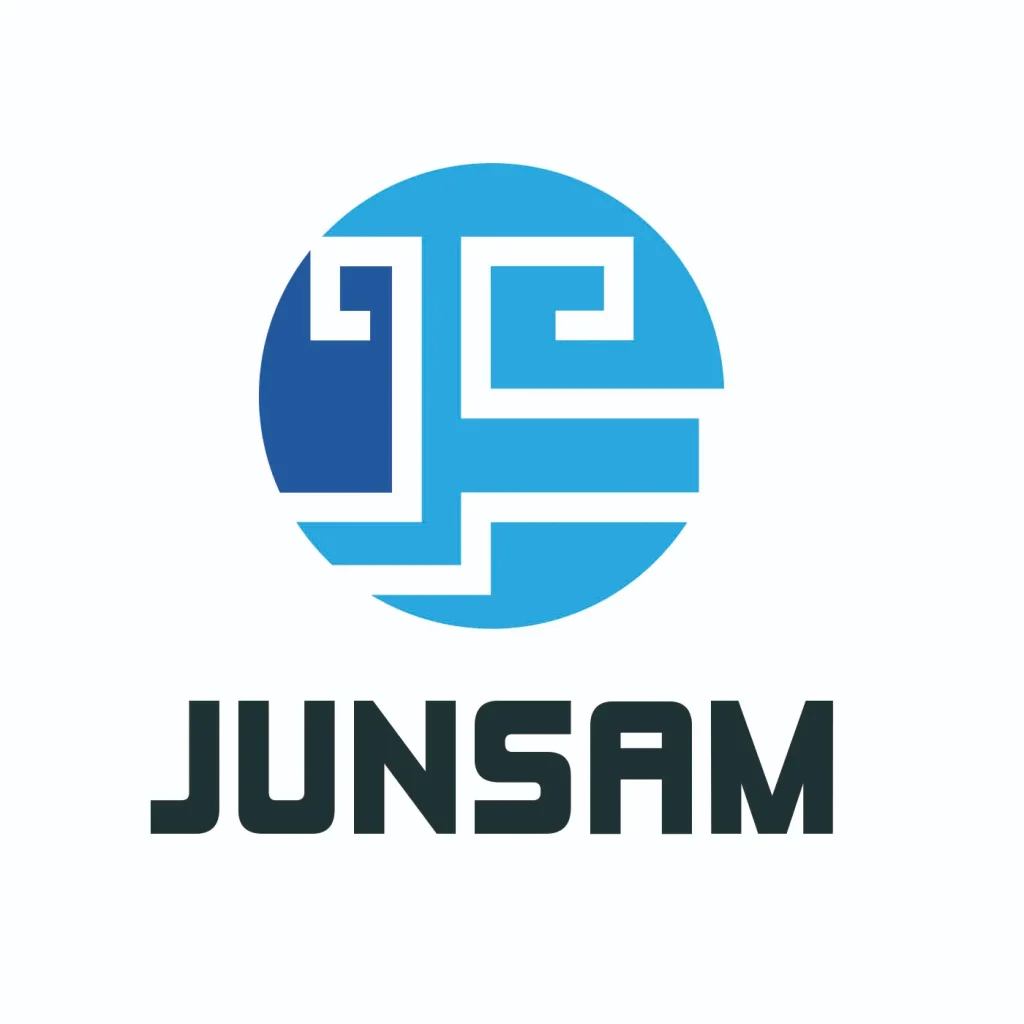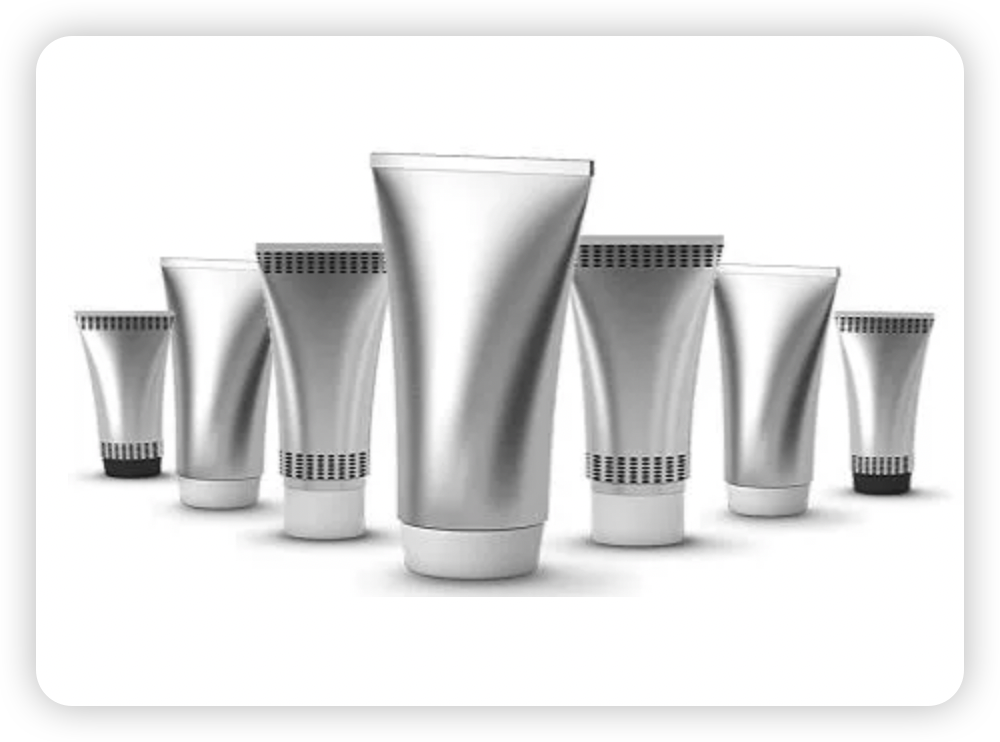Understanding the laminated tubes industry requires a multifaceted approach involving detailed research, networking with suppliers and providers, and engaging with current industry players. Laminated tubes, widely used in various sectors, including cosmetics, pharmaceuticals, and food, demand precise raw materials, specific manufacturing processes, and stringent quality checks. This guide briefly overviews the key components and steps in producing laminated tube, ensuring you have a solid foundation to delve deeper into the industry.
Raw Materials Used in Laminated Tubes
Four primary raw materials are used in the production of laminated tubes:
- Laminate: Specifications include BT/TT, where BT denotes barrier thickness, and TT denotes total thickness in microns. Laminates are classified into two types:
- Aluminium Barrier Laminate (ABL) is generally composed of multi-layers of polyethylene, copolymer, aluminum foil barrier, copolymer, and polyethylene
- Plastic Barrier Laminate (PBL), consisting generally of multi-layers of polyethylene, copolymer, Special film with EVOH barrier, copolymer, and polyethylene
- Caps: Made from PP, caps are usually available in three types
- Round/Standup/Standee
- Conical
- Fliptop
- Shoulders: The neck thread can vary based on requirements and design.
- Top Seal: The aluminum seal on the orifice of the shoulder, commonly seen in pharmaceutical tubes.
The Manufacturing Process of Laminated Tube
- Slitting (if applicable)
- Printing and Varnish: Printing on laminate can be done via:
- Flexo
- Letterpress
- Digital
- Rewinding
- Tube Making:
- Side sealing for sleeve formation
- Shouldering (can be done offline or online depending on machine make)
- Plafonnement
- Sorting and Packing
Quality Checks for Laminated Tubes
Detailed quality checks ensure the tubes meet industry standards.
Conclusion:
Navigating the Tube ABL industry involves understanding the intricate details of raw materials, manufacturing processes, and quality assurance. By leveraging thorough research, engaging with key industry players, and adhering to stringent specifications, you can ensure the production of high-quality laminated tubes.
Frequently Asked Questions on the Laminated Tube Industry
1.How is the quality of the laminated tube ensured?
Detailed quality checks ensure the tubes meet industry standards, covering material integrity, printing accuracy, and sealing effectiveness.
2. What financial considerations are essential in the production of laminated tubes?
Understanding the financial aspects, including costs of raw materials, machinery, labor, and quality control, is crucial for efficient production and profitability.
3. What specifications are crucial for producing high-quality laminated tubes?
Adherence to specific material and process specifications, such as the precise measurements for laminate thickness and the correct application of seals and caps, guarantees the desired product quality and performance.
4. What sectors commonly use laminate plastic tubes and why?
Laminated tubes are widely used in cosmetics, pharmaceuticals, and food sectors due to their durability, barrier properties, and the ability to maintain the integrity of the content.


